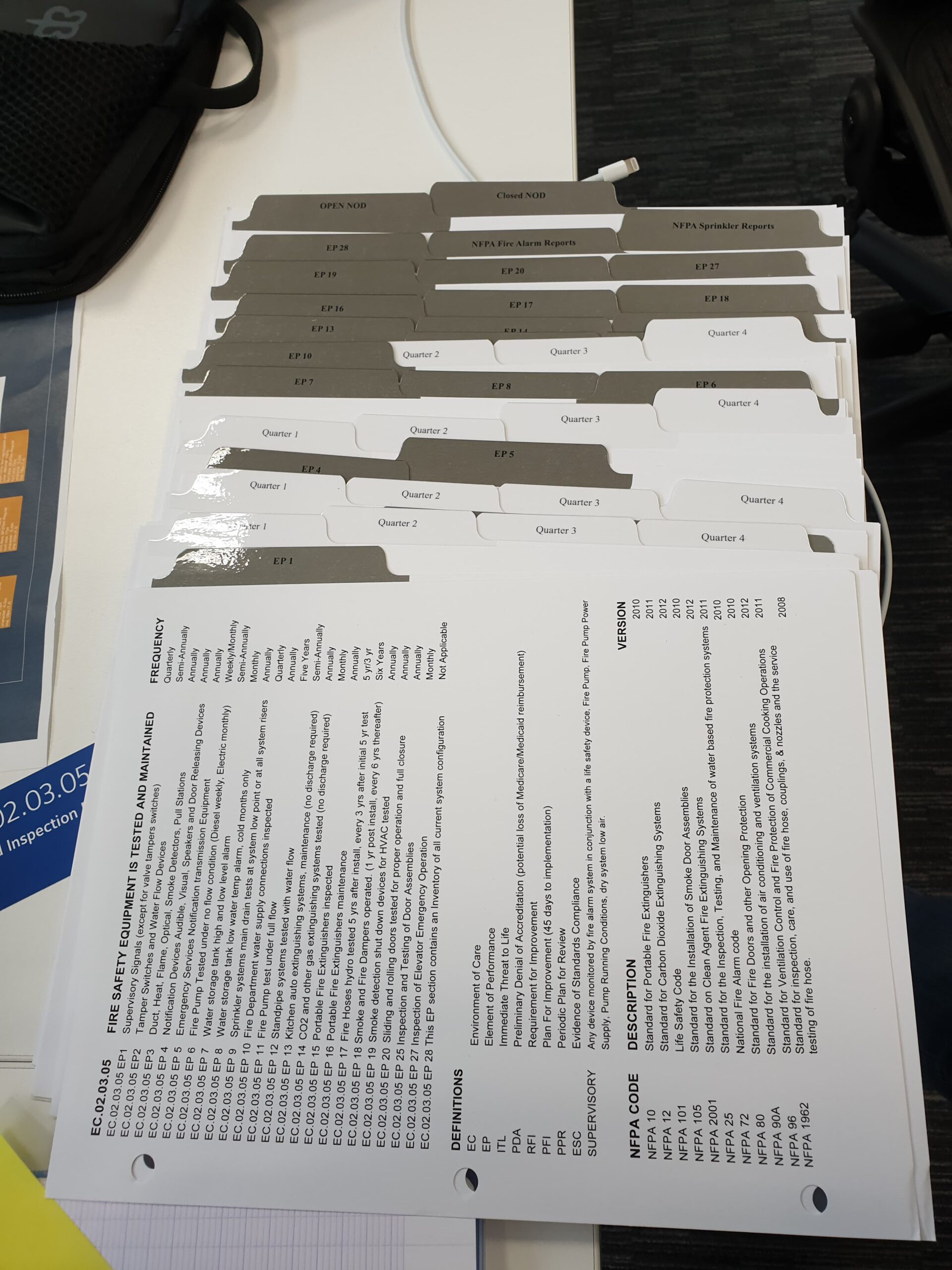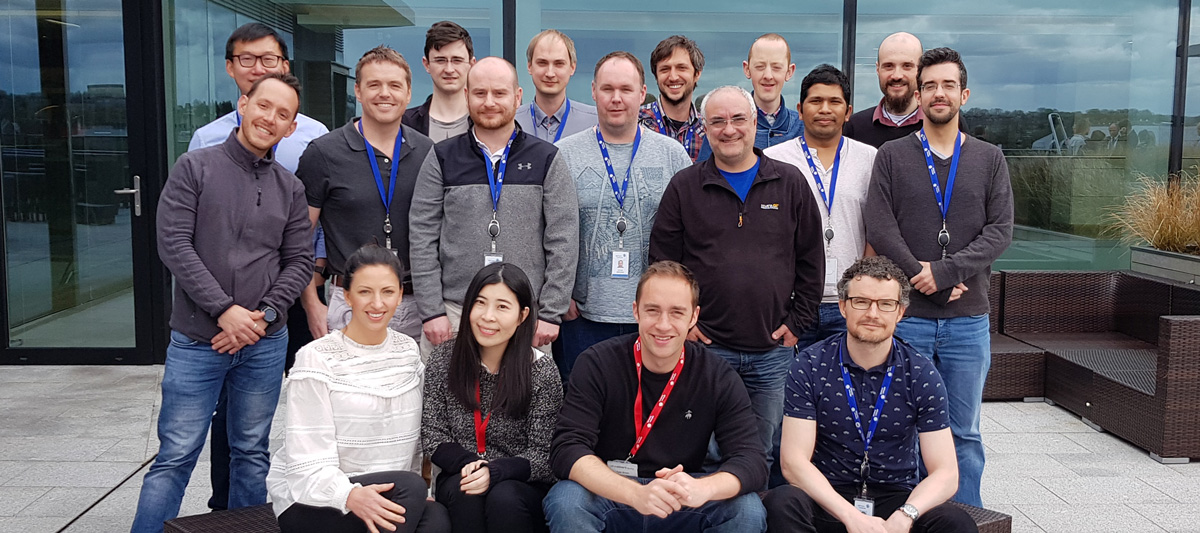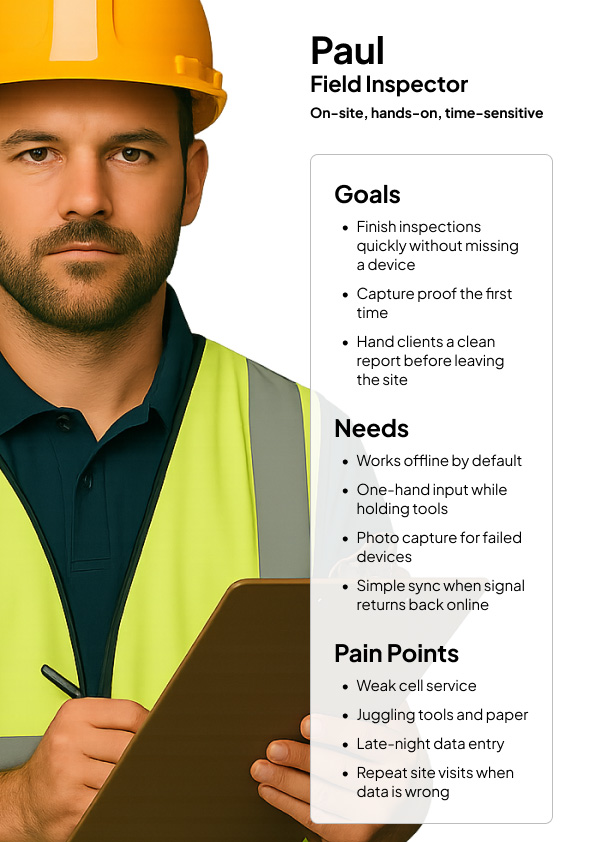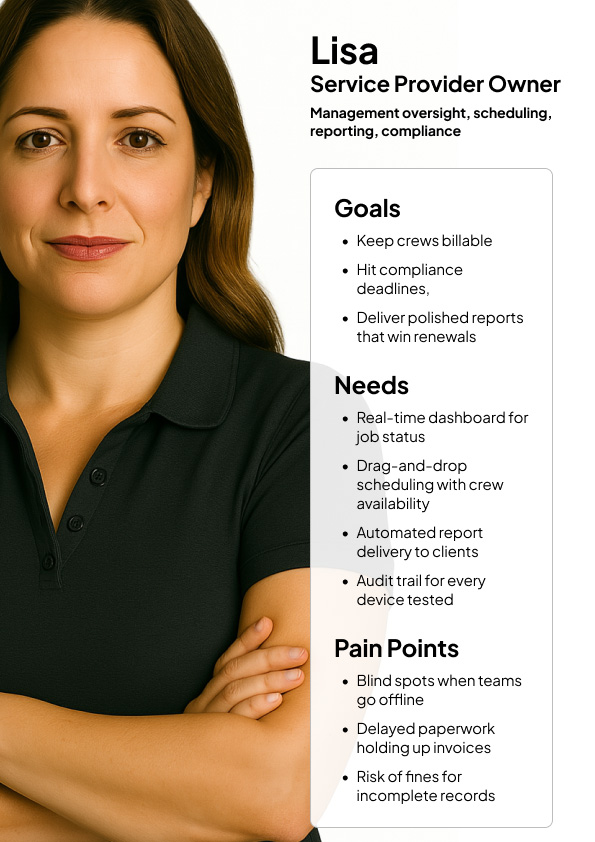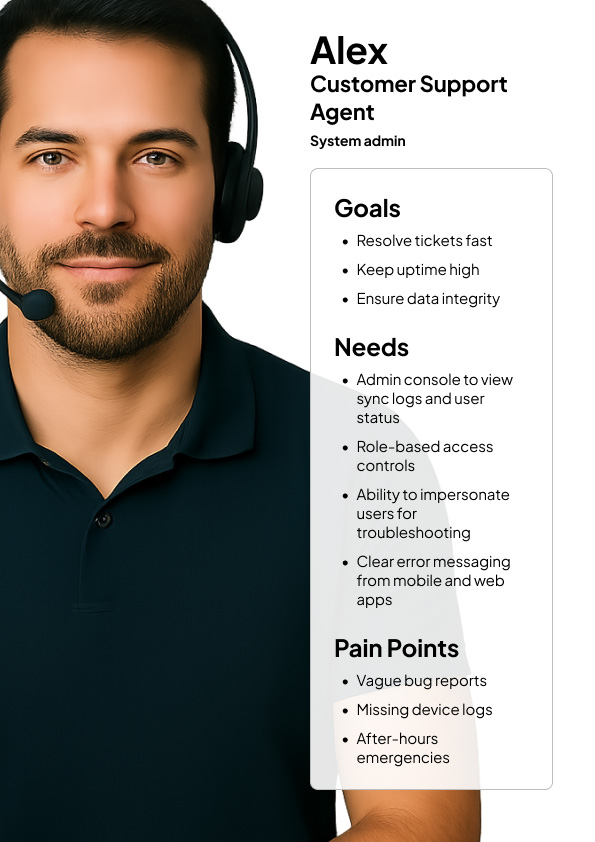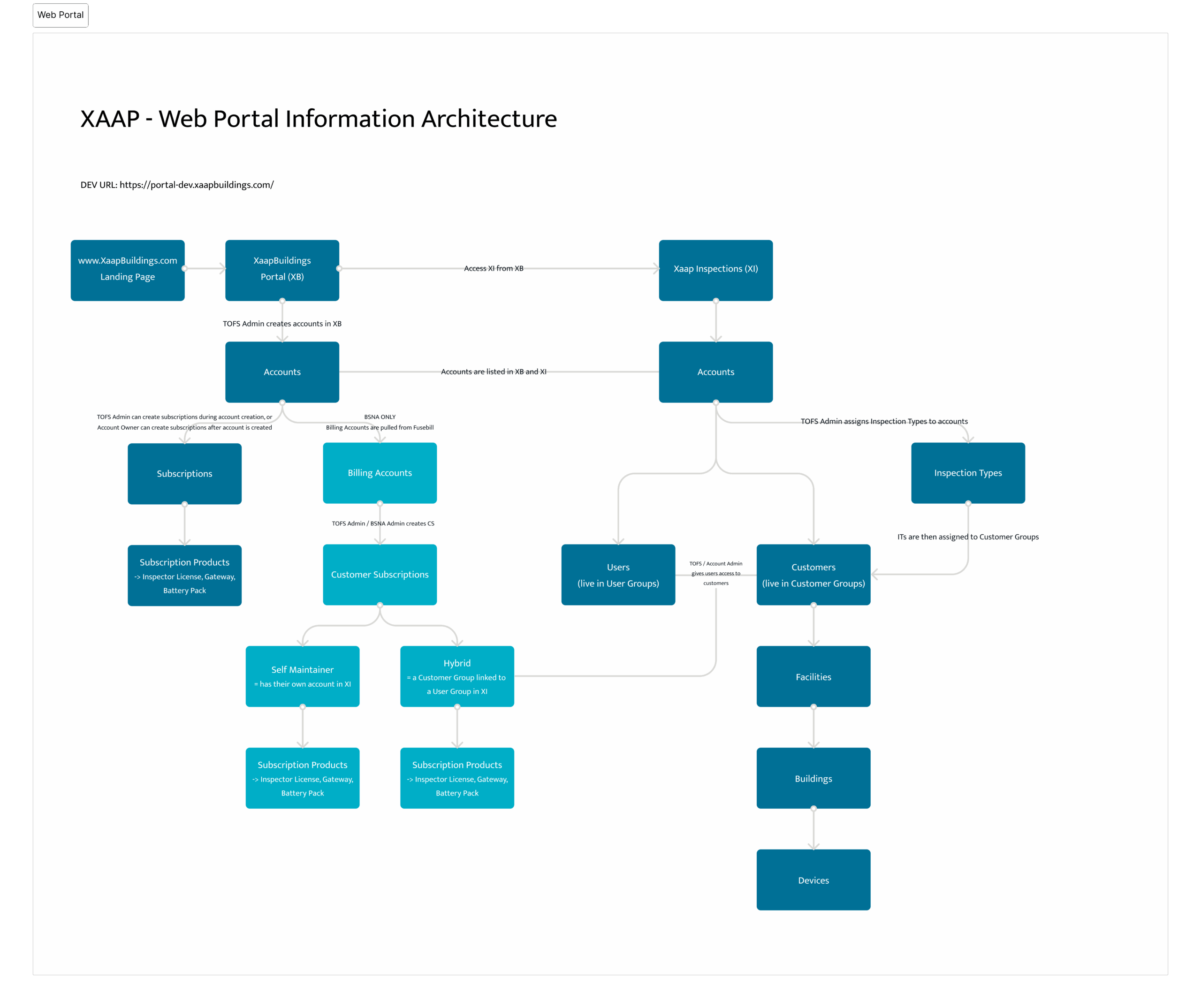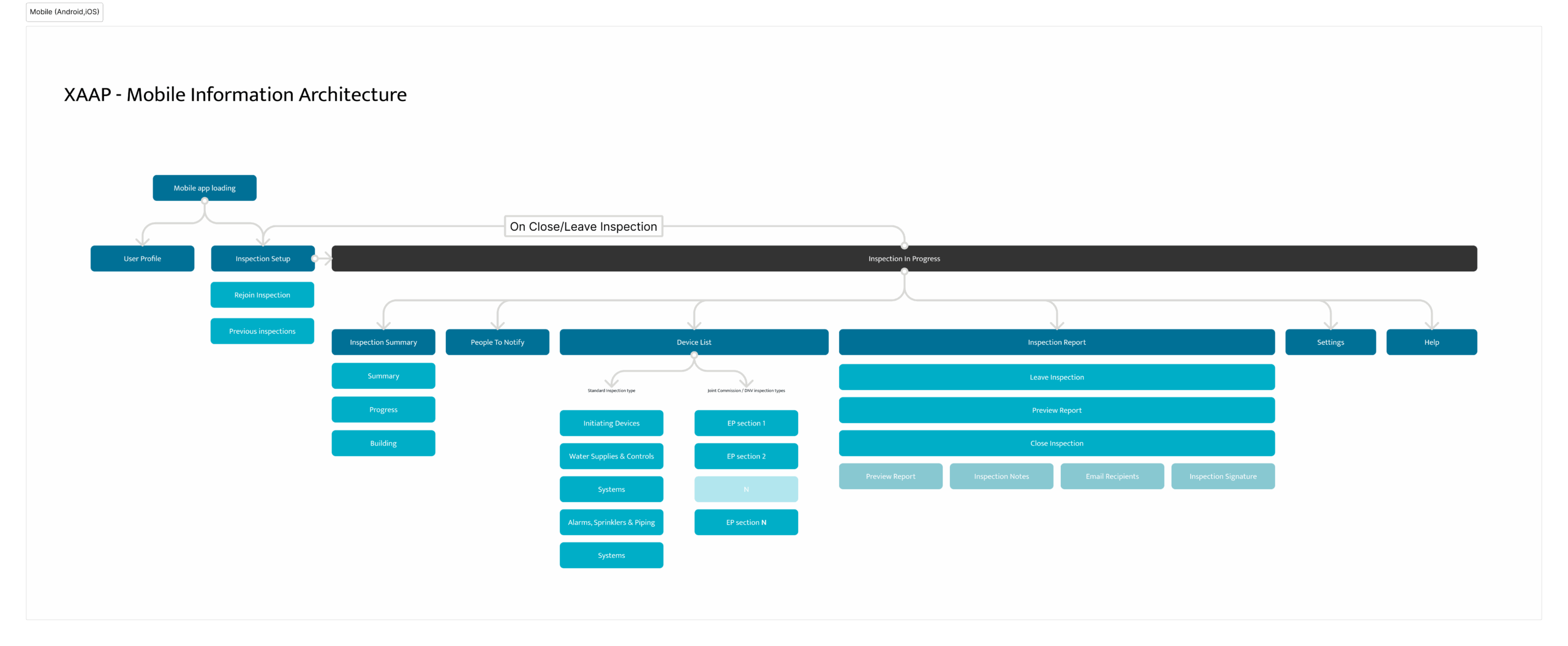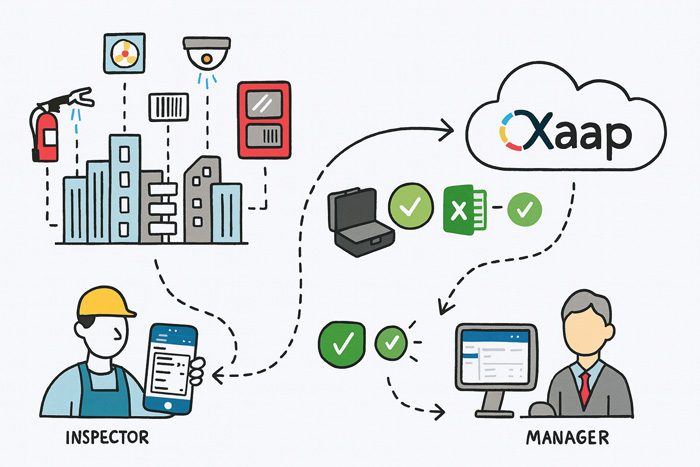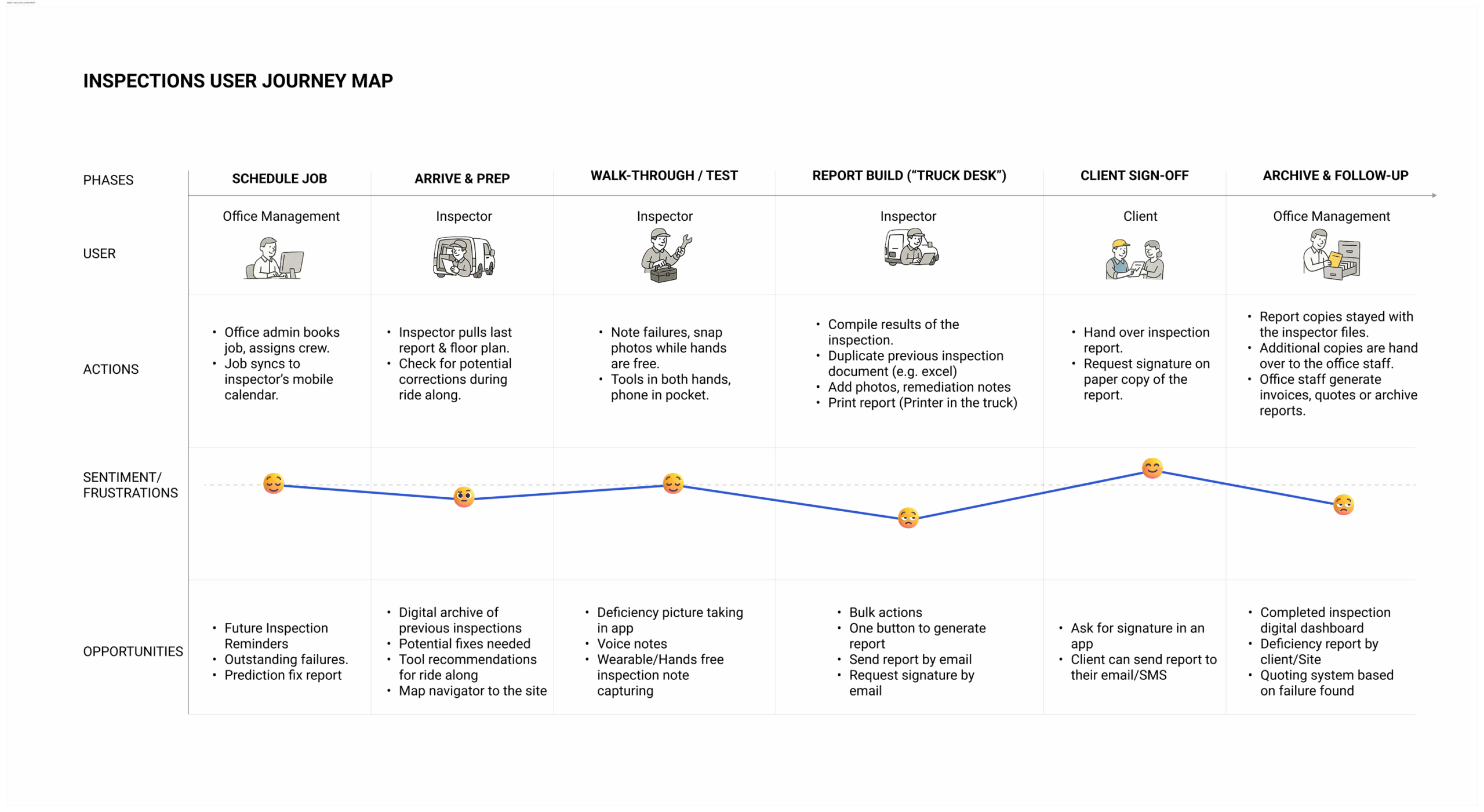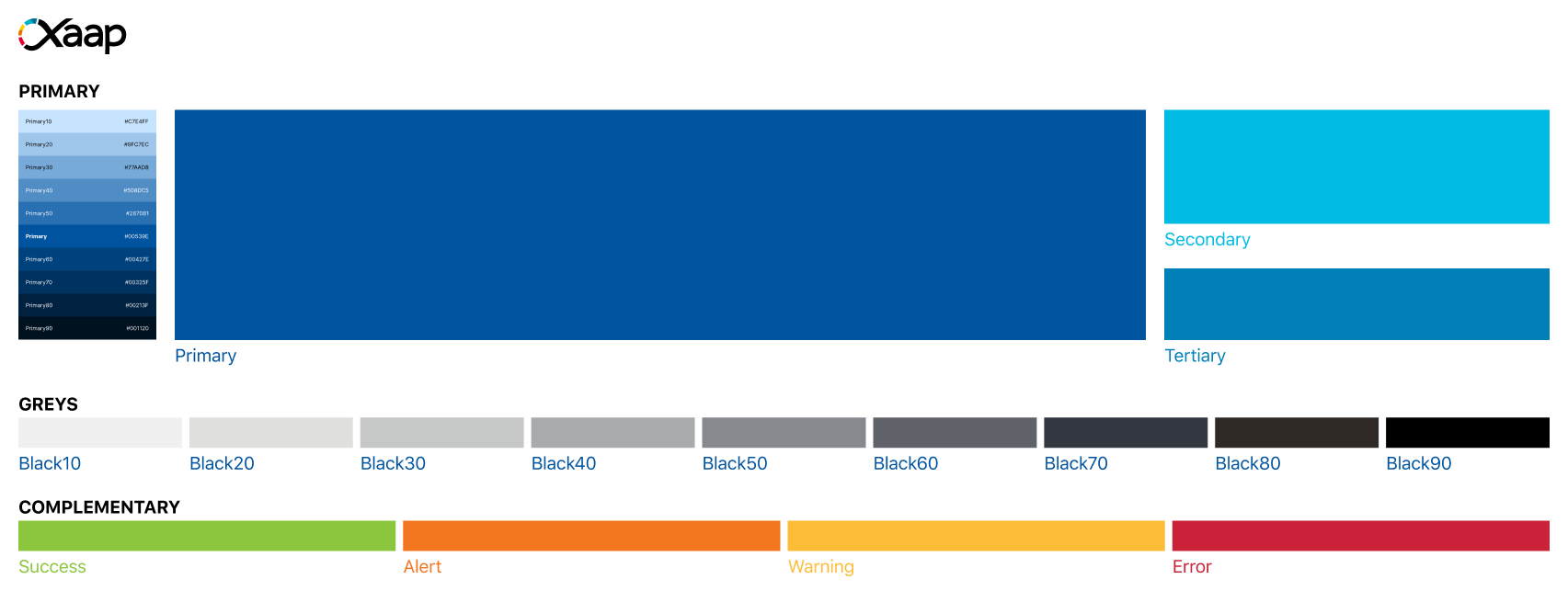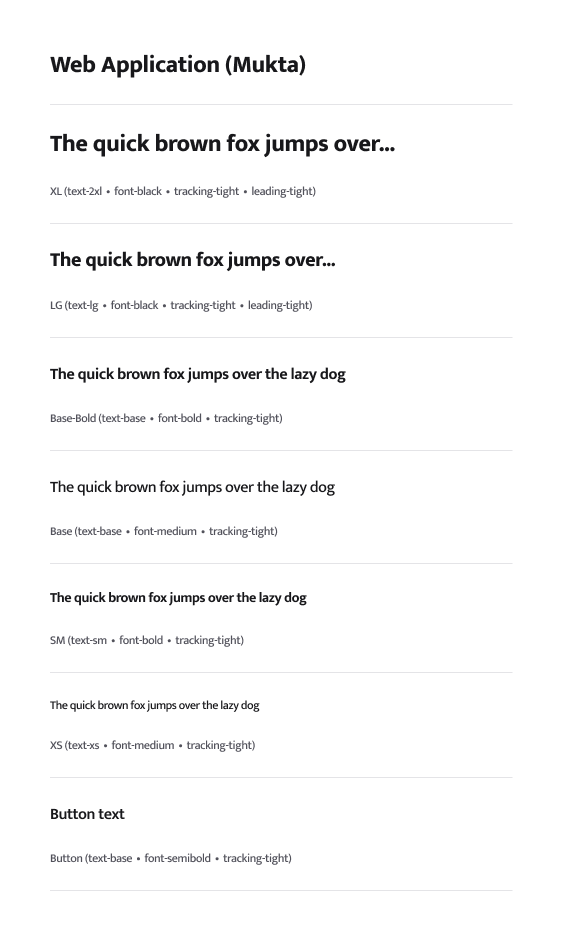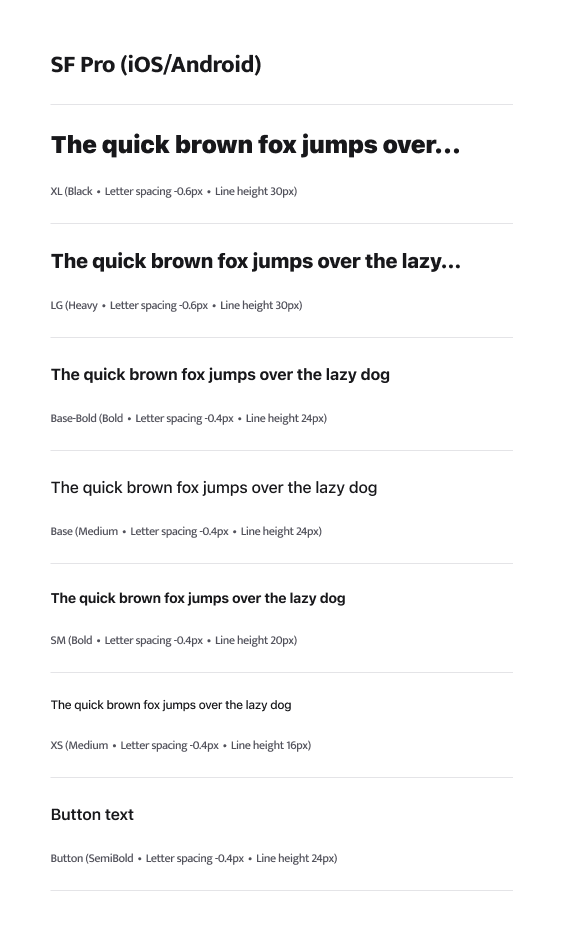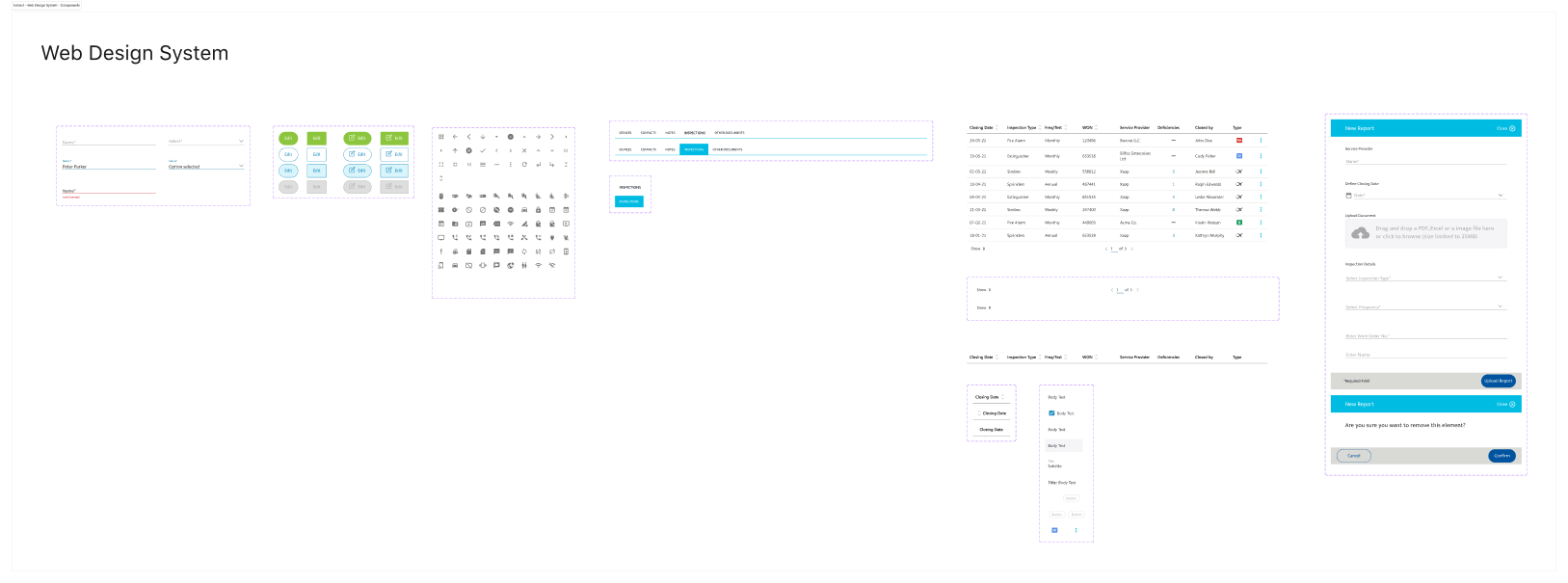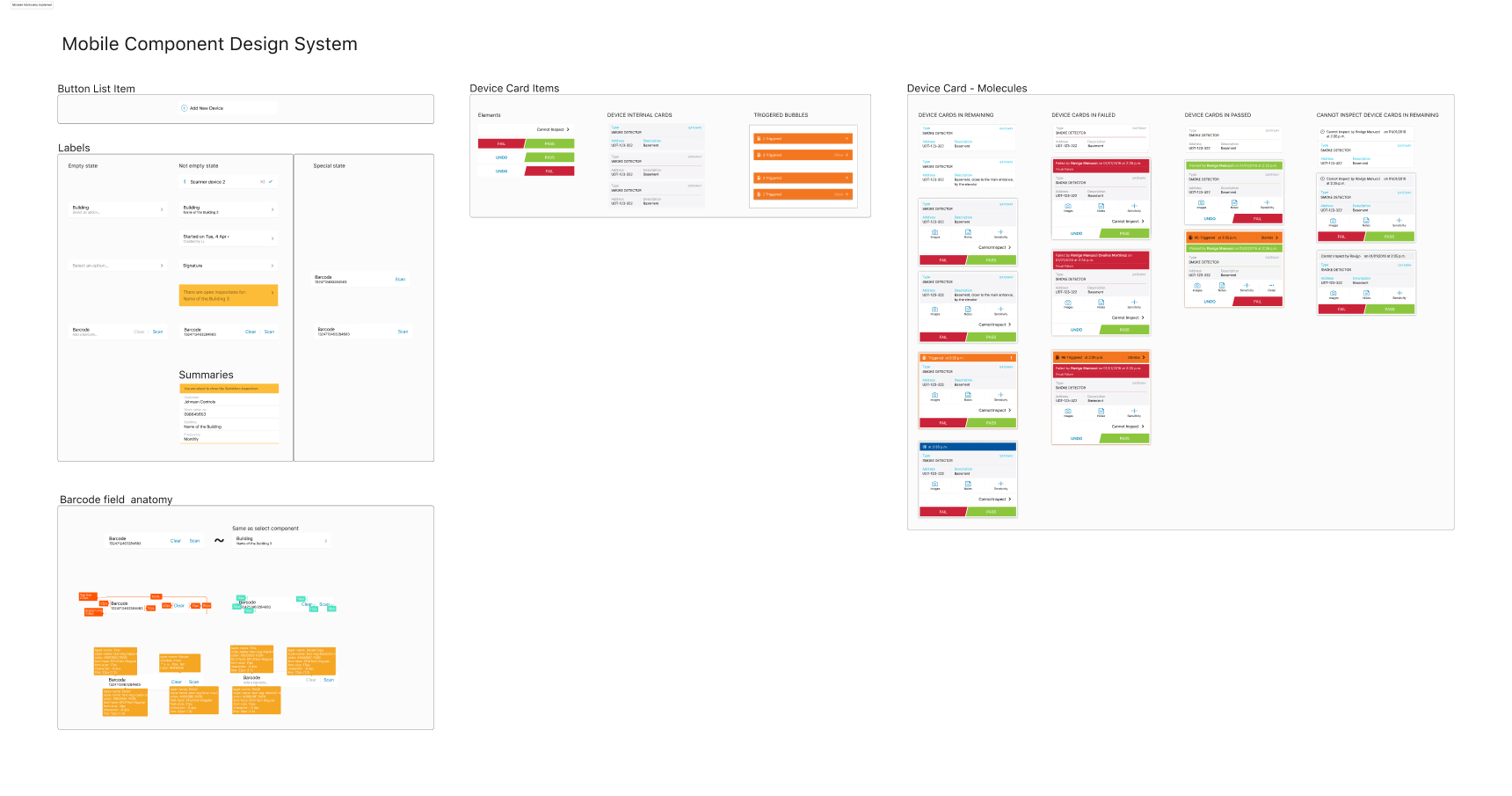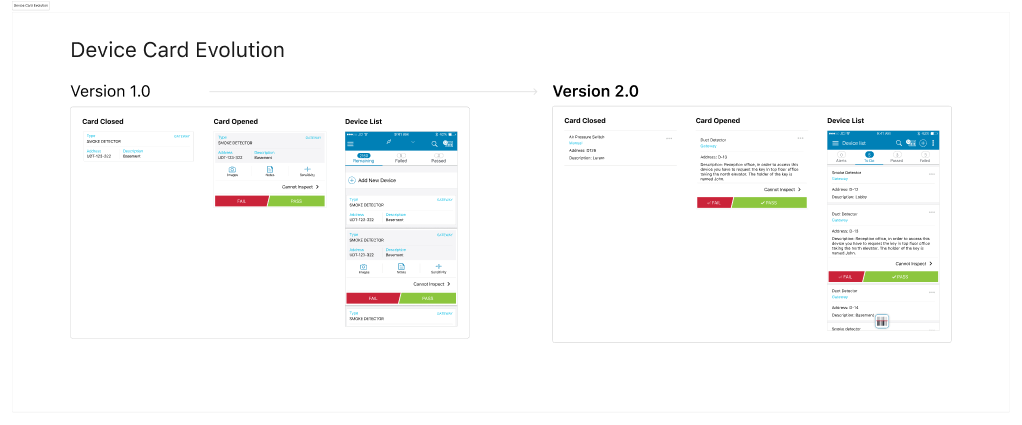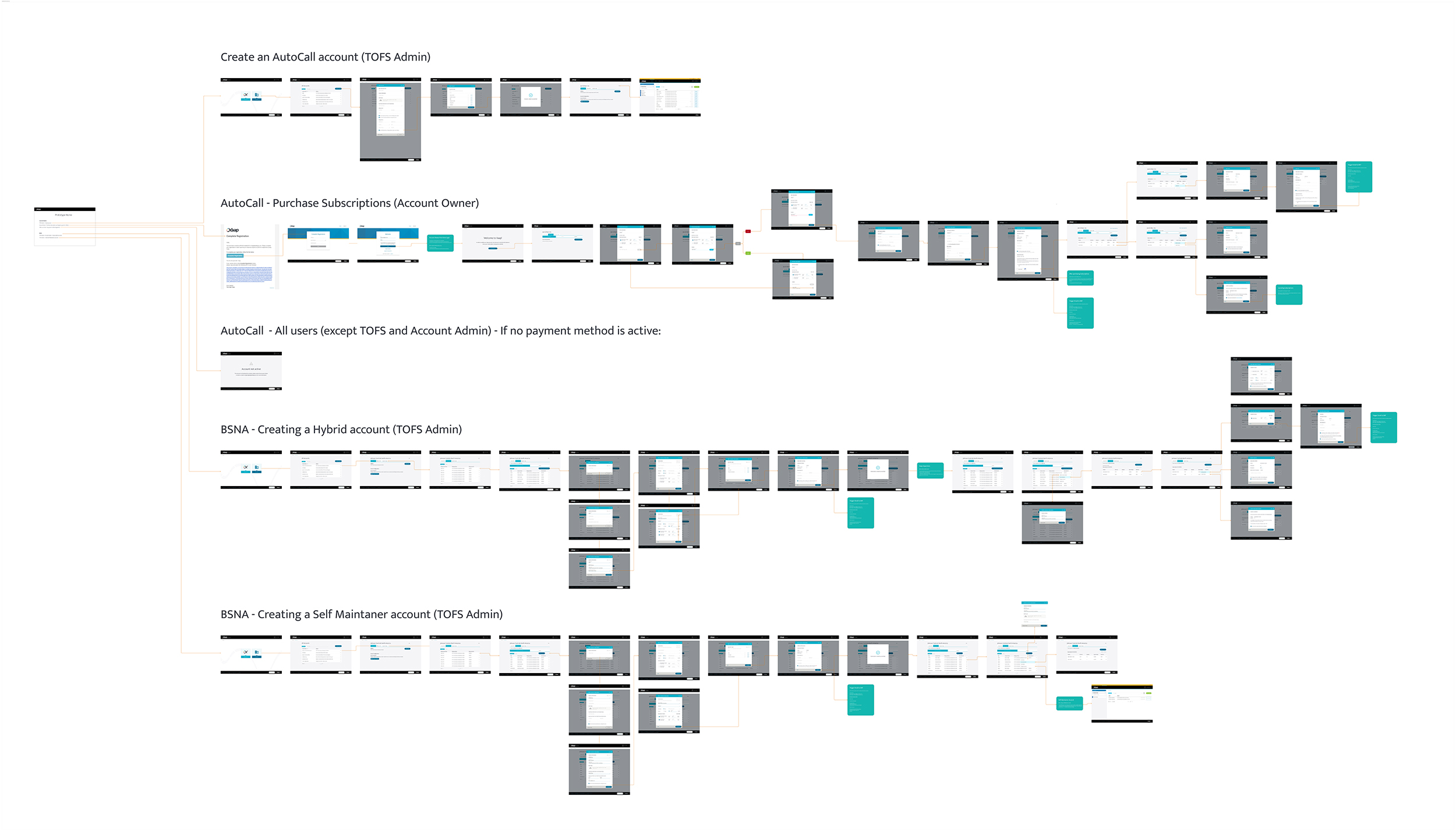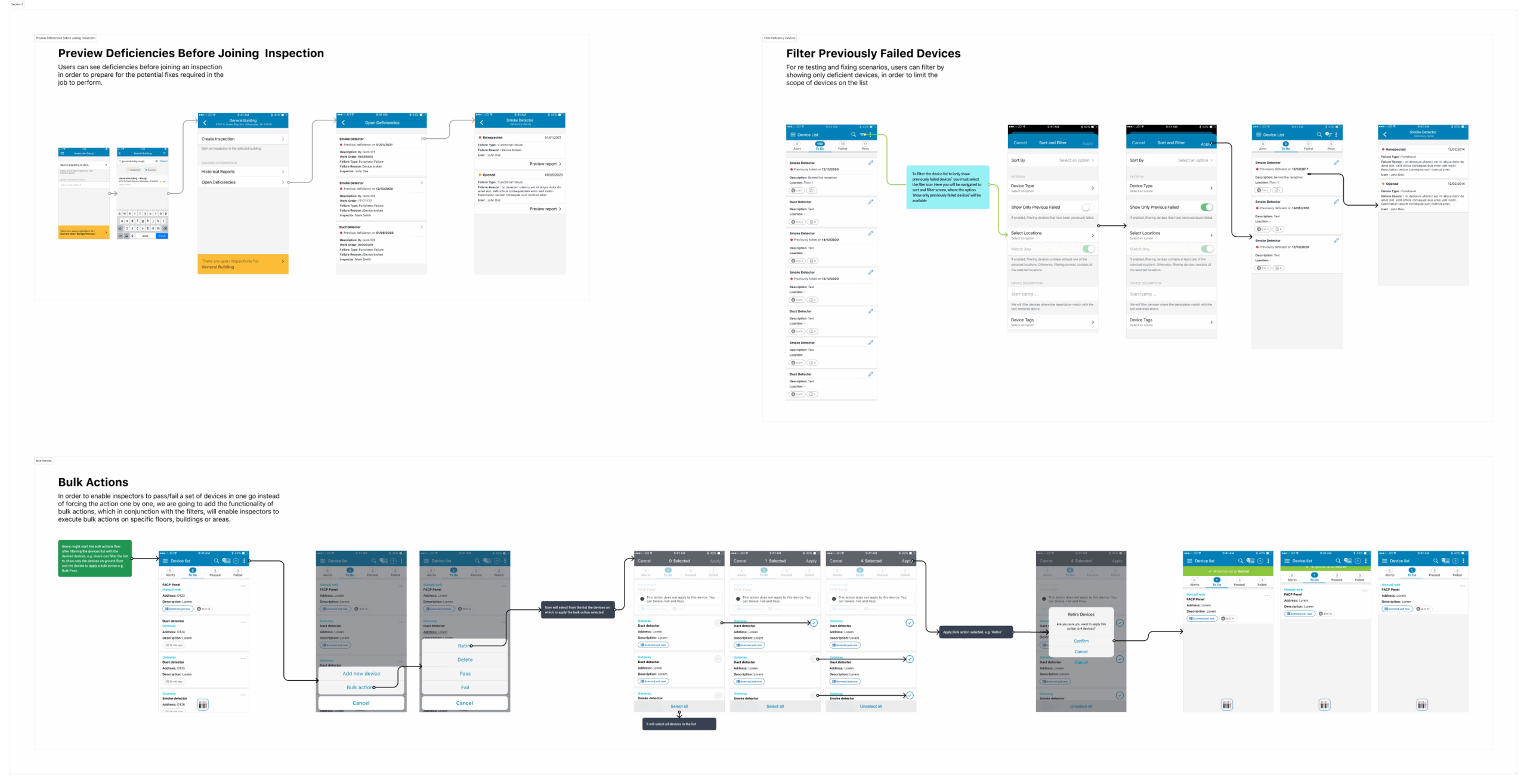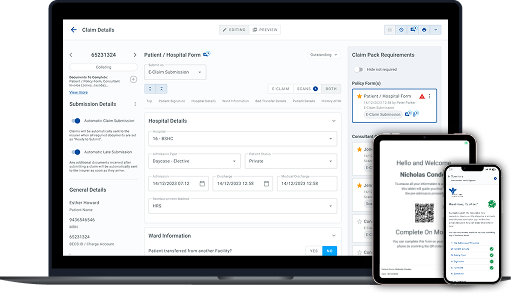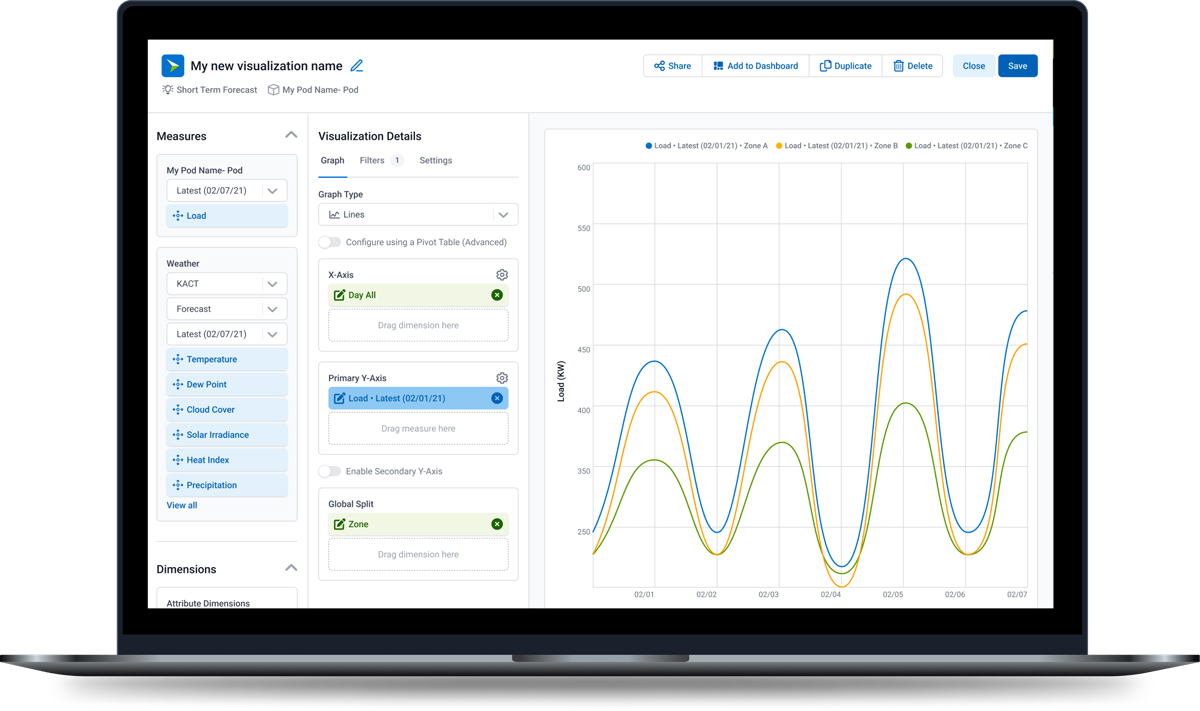Reimagining Life & Safety Inspections: 80% Faster Reporting.
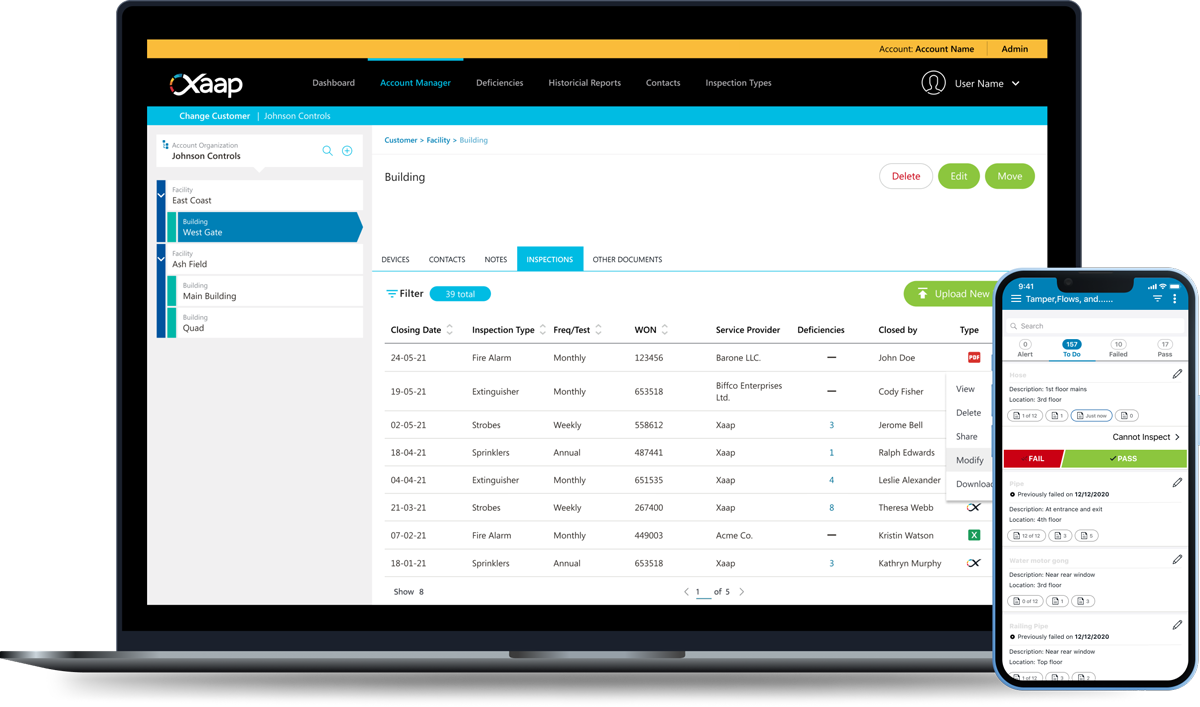
A fire and safety platform, built for Johnson Controls, that turns basement paper logs into same-day, validated reports. I owned the end-to-end design, leading a cross-disciplinary team to cut report time by 80 percent and save inspectors thirty minutes on every job.
This case study walks through how I led research, system design, and product evolution, shaping the tool from its earliest concept into a fully operational platform used in the field. This is the story of designing for people who protect lives from offline workflows to real-time gateway integration.
The Problem.
Before Xaap Buildings, life and safety inspections were slow, disconnected, and manual.
Inspectors often worked in buildings with no cellular coverage, using pen and paper to jot down failed devices, only to later transcribe those notes into Excel and manually generate reports. Each inspection could take hours to complete, and follow-ups with clients were common due to missing reports or outdated device info.
How might we turn offline, paper-heavy fire-safety inspections into a real-time inspection workflow everyone can trust?
Discovery: Understanding the Field Pain Points.
Through on-site shadowing, ride-alongs, and Interviews with fire-alarm, sprinklers and extinguisher inspectors, service managers, and compliance officers, we uncovered a core set of obstacles holding inspections back:
-
Pen-and-paper notes are re-typed into Excel days later, introducing errors and slowing report delivery.
-
Concrete basements and shielded stairwells kill cell signal, blocking any real-time data capture.
-
Without live validation, clients face compliance risk from missing or inaccurate device results.
-
Inspectors log only failed devices on-site, bulk-passing everything else from memory.
- Often, testing procedures involved the use of tools that required one or even two hands to perform.
- Inspectors needed both hands to operate testing tools, making tablet use impractical.
- Reports were only updated after the inspection, creating lag and errors.
- There was no way to validate field testing in real time or share data instantly with stakeholders.
At the same time, switching to a mobile platform raised a few big questions on the ground:
“I’ve got a meter in one hand and a screwdriver in the other, Where would a tablet even fit? ”
“What if the app loses connection underground? I can’t afford to redo an inspection.”
My Role & Design Strategy.
I joined the project as the sole designer, responsible for discovery, ideation, prototyping, and final UI for both mobile and web platforms.
Through extensive user shadowing, I captured pain points firsthand and shaped the early product direction. I designed the full end-to-end system, from mobile inspection flows to the web-based report manager.
As the project evolved, I transitioned into a dual role, continuing to lead the product design vision while also acting as Product Manager. I remained hands-on with UX/UI while hiring and mentoring two additional designers to support our growing roadmap keeping UX decisions aligned with rollout constraints, dev timelines, and evolving customer feedback.
Throughout, I collaborated closely with developer leads, project managers, and customer support teams to validate feasibility, prioritise features, and advocate for user needs at every stage.
Xaap Team – Cork Ireland
Negotiation insight: When starting the implementation of the offline inspections, the feature to add a picture while failing a device was at risk of being dropped from the roadmap due to offline functionality complexity. I made the case to PMs and devs using support ticket data, feature requests, and conversation logs, showing how it can potentially reduce client callbacks and frustration. That evidence kept it in scope, while we agreed to push lower priority features to a subsequent release.
Personas.
I conducted on-site observations of fire safety, sprinkler systems, and fire extinguisher inspections, mapping processes such as smoke detector testing and basement inspections. These observations revealed critical context: two-handed workflows, limited mobility, and disconnected reporting.
UX Personas
- Inspector: On-site, hands-on, time-sensitive.
- Service Provider Owner: Management oversight, scheduling, reporting, and compliance.
- Customer Support Agent: System admin.
These personas were initially defined through internal stakeholder input, including PMs and business leads. They were later validated through shadowing sessions, real-user interviews, and confirmed by behaviour patterns and pain points observed in the field.
Imagining the platform.
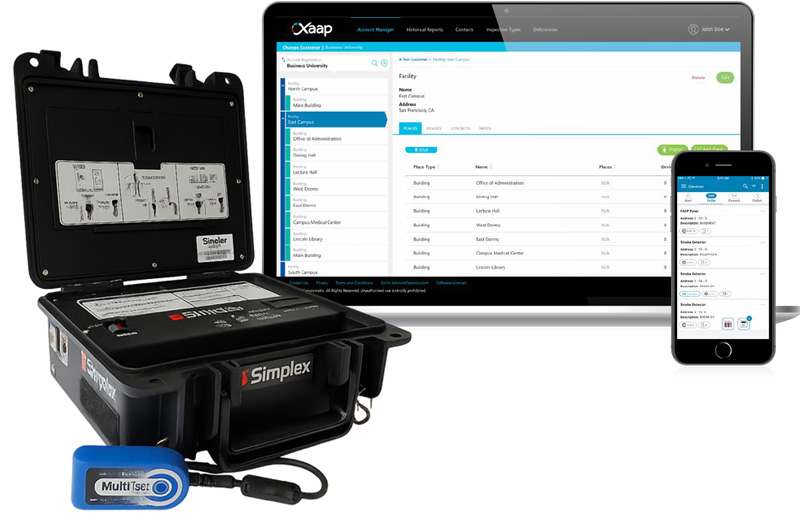
Early field visits made one thing obvious: “one-size-fits-all” would fail in fire safety. An inspector squeezing into a boiler room, a service coordinator lining up tomorrow’s routes, and a school-district facilities chief checking compliance each live very different workdays. So instead of forcing everyone through the same doorway, we built two:
We defined three interconnected interfaces:
-
Mobile App: Puts barcode scans, bulk pass/fail taps, and offline sync in inspectors’ pockets, so every device is logged the moment it’s tested, even five floors underground. We initially released the iOS native version, and quickly after the Android version was on its way.
- Web Portal: This enabled building owners, fire marshals, and auditors to retrieve reports, track open deficiencies, and verify signatures without sending a single email.
- Fire Panel Gateway: Proprietary gateway device to connect offline fire panels with the Xaap Cloud to perform live/real-time inspections and get immediate testing results on fire alarm devices. (Case study coming soon!)
These entryways look different because the work behind each one is different, yet they still feel related. A unified design system, shared colors, typography, and interaction patterns, threads them together, so moving from phone to browser is simply a change of screen, not a change of product.
Hierarchy and Information Architecture.
When an app’s structure mirrors the way people actually work, screens feel intuitive and tasks flow without friction. To reach that point with Xaap, we stepped back from pixels and first mapped the mental models of every role, from inspectors deep underground to service managers behind a desk. The resulting hierarchies enable each user to land exactly where they need to start, while all share a single backbone of data, ensuring seamless handoffs.
Web App Information Architecture.
Mobile Information Architecture.
Before we split the work into separate iOS and Android flows, we built a single core map of tasks and entities. From that shared backbone, we made only the tweaks that honor each platform’s native habits—bottom-tab hierarchy for iOS, Material bottom-nav and system back gesture for Android, platform search, sheet, and modal patterns. In short, the architecture is the same at its core, the furniture changes to match the room it lives in.
User Interaction Journey.
From first scan to final sign-off, Xaap turns scattered fire-safety checks into one continuous data loop, starting with devices inside the building, passing through the JC proprietary gateway for instant validation (when fire panel was supported), streaming to the Xaap cloud for secure storage, then landing simultaneously in the inspector’s offline-ready mobile app and the manager’s live dashboard, so every result is captured once, trusted by all, and ready for action without spreadsheets or email chases.
Design Language.
Color Palette.
Xaap uses a three-tier brand blue plus a purpose-built grey ramp and semantic accents to balance clarity in the field with credibility in the office. The color palette expands from the web to the mobile applications to achieve a unified look and feel.
Font Choices.
To keep Xaap instantly recognizable, yet still feel at home in every environment, we anchored the design system on two complementary fonts:
Web Application
Font: Mukta
When we tested Xaap’s interface on the wide range of PCs and Chromebooks our office users rely on, Segoe UI and Roboto delivered good legibility, but neither looked quite like the brand-forward, slightly rounded type we use in marketing. Mukta solved three problems at once: Brand warmth without sacrificing clarity, Cross-platform consistency, Open source & performance.
Mobile (iOS & Android)
Font: SF UI
Using Apple’s system font on both platforms gives inspectors a consistent look when they switch devices, avoids licensing overhead, and delivers best-in-class legibility at small sizes, crucial when they’re glancing at a screen while holding a smoke-tester pole. Android users already see Roboto everywhere else, so the typography itself becomes a soft brand cue that says “this is Xaap, not another utility app.”
Web Design System.
Our web UI runs on a token-driven design system built in Figma and Storybook. Every staple, input field, status pill, icon, navbar, paginated table, right-hand drawer, is specced once, mapped to Xaap colour and spacing variables, then consumed across the portal. What you see here is a single “cut-out” from the library:
-
The form kit with live-error states,
-
The semantic badge set that mirrors mobile statuses,
-
A feather-weight icon pack exported as one SVG sprite,
-
The responsive data-table molecule, and
-
The slide-in drawer pattern is used for reports, settings and approvals.
Because engineers pull these components straight from Storybook, new pages ship with zero bespoke CSS.
It was a challenging task to align development and design into a unified view of the design system. We had several sessions to define naming conventions and component structure patterns to be able to recreate the same elements on Figma as on the apps, but we made it happen 🙂
Mobile Component Specs.
Below is a slice of the hand-off file our engineers received. Every state of the device card—closed, open, pass/fail tapped, notes added, barcode scanned, sits in one Figma frame with redline spacing, token names and edge-case call-outs.
We treated the card as a mini design system: atoms (labels, badges), molecules (button rows, summaries) and the full organism. That rigor was our way to communicate across multiple dev teams on different cities to build the component once and reuse it across the app without a single Slack back-and-forth.
Device Card Evolution.
During our initial testing, inspectors often bump up system text for readability, and the old card collapsed under larger fonts, labels wrapped, and actions slid off-screen. We rebuilt it as a simple vertical stack: key details stay on one line at any size, secondary info appears only after a “tap-to-expand,” and thumb-wide PASS / FAIL buttons remain fixed. Bigger Pass button hitting area as it was proved that 90% of the taps were on this component. The new hierarchy scales cleanly, reads faster, and works for every accessibility setting.
The Solution.
Xaap Buildings became a platform composed of three key parts:
- Web Portal Application: for managers and inspectors to schedule inspections, manage clients, inventory, building setups, and access reports
- Native Mobile App (iOS & Android): used by inspectors in the field, fully functional offline, with features like barcode scanning, digital signatures, deficiency photo capture, and real-time updates.
- IoT Gateway: a hardware device that connected to building fire panels, transmitting live test events to the cloud and notifying inspectors instantly during testing.
Each component of the platform exposed multiple challenging flow to be tackled, deriving on multiple user flows keeping the design language defined for Xaap consistent across every touch point of the entire platform.
Web Portal Application:
- Subscription Management by client type
- Custom inspection templates
- Device-level inventory management
- Historical report search & resend
- Deficiency dashboard
- Job Scheduling
Mobile App (iOS/Android)
- View historical report
- Leave inspection without completing
- Multi-Inspector support.
- Offline mode
- Bulk actions
- Barcode scanning
- Deficiency pictures
- Client signature capturing
IOT Gateway (integrated into mobile application)
- Connect to the fire panel supported
- Download Devices in Panel
- Receive alarm triggers
- Send panel commands to the fire panel (limited) (e.g., Set panel testing mode)
- Restart the Fire Panel
Web App User Flow Samples.
Subscription Management by client type.
Mobile App User Flow Samples.
Setting testing tour order of devices.
Other mobile user flows.
Alongside ride-alongs we mined four data streams to spot friction in the workflow: TestFlight analytics revealed that most beta sessions ended on the device-list screen, Google Analytics and Hotjar heat-maps showed inspectors instinctively tapping the “Failed” badge before opening any device or failed devices manually one by one by tapping on each Fail button on each device (Some inspections had more than 300 devices), and categorised support tickets, groomed each week with the PM and service stakeholders, kept repeating the same request: “Let me see what’s wrong first and hide the rest.” Those converging signals led us to ship Preview Deficiencies, Filter Previously Failed, and Bulk Pass/Fail, small additions now relied on in nearly every inspection.
Results that Scaled.
80% Faster Inspections
Minutes Saved Daily
Less Inspection Costs
- 80% faster report delivery
With features such as bulk actions, email reports, tour order and offline mode , inspectors could perform and complete inspections on the same day instead of being a multi day process. - 30+ minutes saved a day looking for previous reports on customer requests
Inspectors used to spend at between 30-40 minutes a day looking for paperwork in the office or archives on their records because customers requests. With Xaap, it’s just matter of few clicks, find the right report and send - Peace of mind with the Live validation of fire panel tests via IoT gateway
A first-of-its-kind feature that made real-time inspection a reality. Additionally, almost all inspections required before at least 2 inspectors, one at the fire panel and one testing devices. With the Xaap Mobile App + Gateway, more and more inspections were performed by a single inspector with initial numbers showing a promising 15% reduction of inspection costs for service providers and self mainteiners customers. - On-the-go access to all past inspections
No more waiting for admin help to retrieve a report; inspectors could pull previous results and failures directly on site and reducing the central office visits by 25% as their schedules and previous failures were just few clicks away by looking in Xaap.
Final Reflextions.
Xaap reminded us that real-world constraints beat slide-deck assumptions every time. By living a few shifts in steel-toe boots and concrete basements, we learned that inspectors don’t need more tech, they need the right tech, tuned for offline, one-hand moments and instant trust.
Turning pen-and-paper loops into a single cloud loop cut report time from days to hours, slashed follow-up calls and, above all, gave school boards and hospital managers and building owners confidence that every device protecting their people actually works.
A rewarding side note.
Our earliest concept ran on a 10-inch tablet. Bigger text, we thought, would help veteran inspectors who’d started squinting at small screens. Beta sessions told a different story.
The tablet was one more thing to juggle alongside screwdrivers, smoke poles and toolboxes, and most testers left it in the van after the first hallway.
Switching to a phone, paired with large-type settings and an adaptive card layout, changed everything. Inspectors pocketed the device, logged results on the fly and finished an entire building without an extra trip to the truck.
Catching that mismatch early kept us from sinking months into the wrong form factor and proved again that listening beats guessing.
Journey Insights
One key discovery during the shadowing exercises flipped our assumptions, inspectors only logged failed devices on-site, then set as passed all the rest when completing the report. That led to one of our most impactful features, bulk actions (pass/fail), which cut manual input and boosted speed to complete more inspections faster.
Other projects…
Transforming Hospital Claims & Admissions
Bon Secours HOSPITAL.
Redesigned the pre-admission and claims process for Ireland’s largest private hospital group. Created a unified experience for patients, clerical staff, consultants, and insurers, replacing paperwork, phone calls, and email threads with a fully digital workflow.
The SAAS Platform for Energy Providers
Innowatts.
Redesigned the platform energy providers use to understand their customers and plan smarter. Worked on turning complex data from millions of Smart Meters into clear insights that support forecasting, risk decisions, and engagement, without overwhelming the user.

